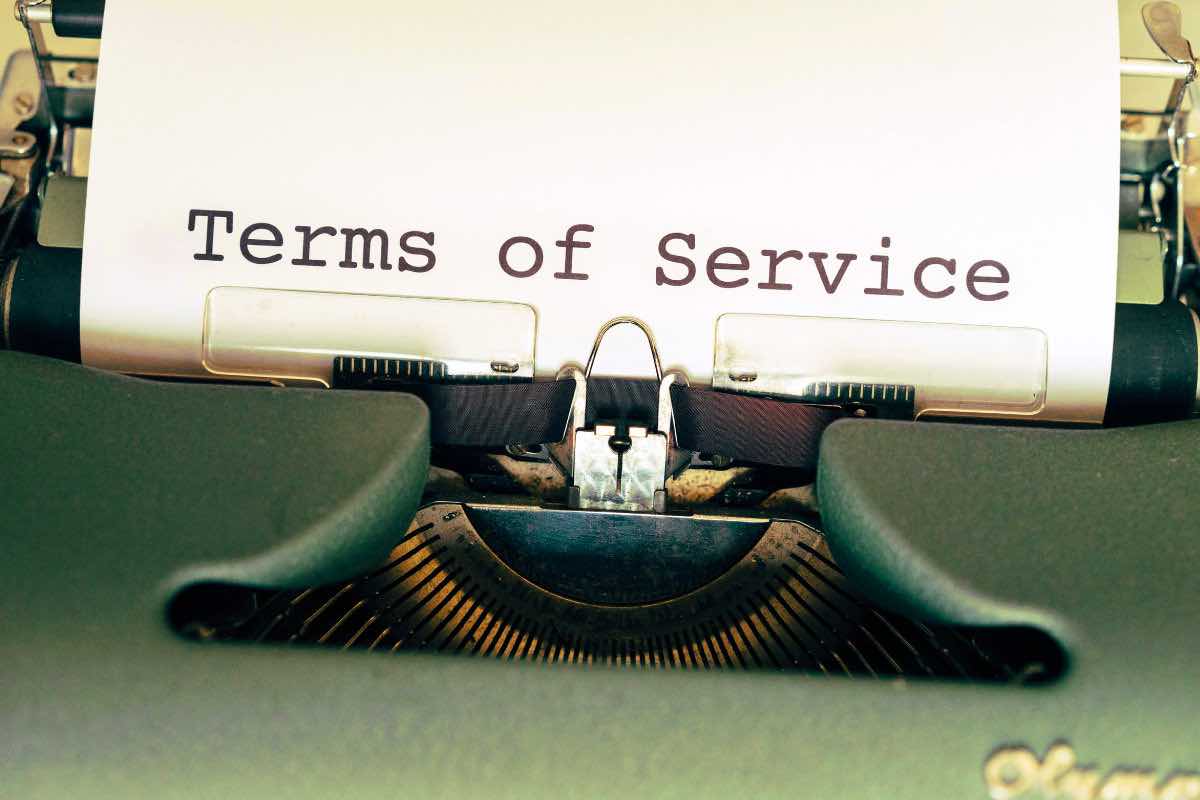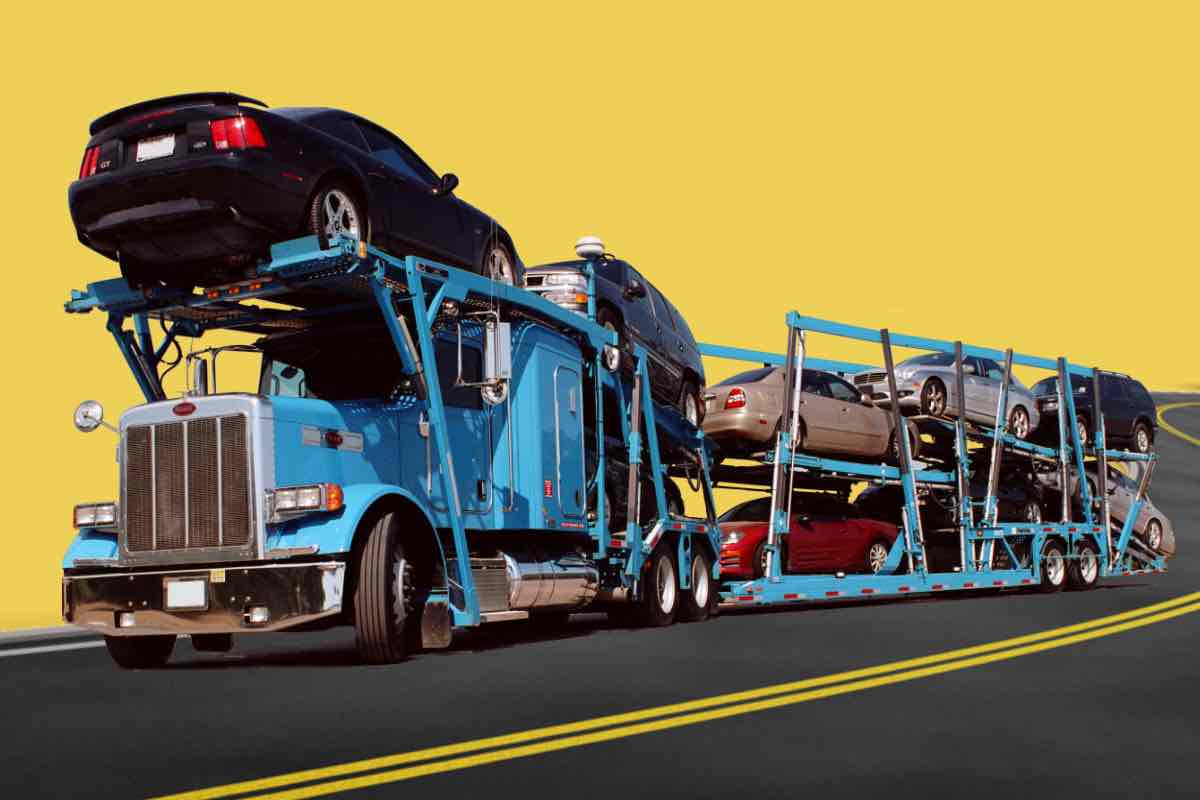Many Shippers assume they can pack household goods within their vehicles prior to shipping. Although most Carriers will allow you to ship additional luggage in your vehicle, it is not really recommended. While it’s widely accepted for Carriers to offer a luggage allowance of up to 100 lbs for free, anything more than this would come with additional costs and hazards.
Here’s why you should not exceed 100 lbs
Transport Truck Weight Limits
All trucks are calibrated to hold a specific amount of weight; anything above it could pose safety risks. As such, if a truck is found to be over the maximum weight allowance, Carriers could be heavily fined.
Theft
As the Auto Transport Carrier will loading and unloading cars throughout the trip, it will rarely travel a straight route between your pick up point and your destination. Longer distance transports will require multiple stops and overnight stays. This increases the risk for theft of valuable within the vehicle. Although theft is not extremely common, a vehicle packed full of household goods does draw additional attention.
Damage
It is always recommended that you pack your 100 lbs in a suitcase or box. The reason for this is that a trailer does not offer a smooth ride. Any loose items in your vehicle would, therefore, be subject to vibrating and shifting throughout the trip. Not only could heavy, shifting items cause damage to the interior of your vehicle
Insurance
Although your vehicle is always fully covered by the Carrier’s insurance while it is in its care, any personal or household goods are not. Additionally, your own auto insurance may not cover damages while it is being transported. If your vehicle suffers damage and it is determined to be caused by the items you stored inside it, you will in all likelihood be denied an insurance claim.
Should you wish to acquire additional insurance for the luggage inside your vehicle, it is best to contact your personal auto insurance company to enquire about any options that may be available to you while your vehicle is in transit.
The strict rules of conduct for packing household goods in your vehicle
- Make sure to receive pre-approval prior to signing on with a Carrier. Not all Carriers will allow for additional luggage to be shipped within the vehicles they’re transporting, due to the hefty fines they could incur. Some of these may simply remove the items prior to loading your vehicle. It is therefore always best to ensure your shipment is dispatched to a Carrier that has specifically accepted to transport the additional items in your vehicle. Be sure to ask for a copy of the Dispatch Notice to confirm it has been recorded, in writing, within the order.
- Anything over 100 lbs will result in additional costs. Be vigilant about the weight of your luggage. Although the first 100 lbs can be transported for free, you will be charged for anything that superscedes this weight. Be sure to enquire about costs with your broker.
- All items must stay below window level. Although your trunk is the safest option, ensuring your luggage remains out of sight will greatly reduce the potential for theft and damage.
- Leave the driver’s seat & floorboard free of luggage. This allows for the necessary access for manoeuvring your vehicle during the loading and unloading process.
- Understand that your transport company is not responsible for anything transported inside your vehicle. Although your car will be fully insured by the Carrier, anything you pack inside it is not.
- Consider utilising Enclosed Transport. Though this option is usually reserved for high-end vehicles, Enclosed Auto Shipping could be a viable option if you decide to fill it with household goods. Although this is a pricier option, it will keep your entire vehicle out of public view and, as such, keep your belongings better protected.












